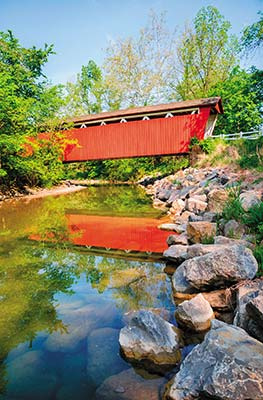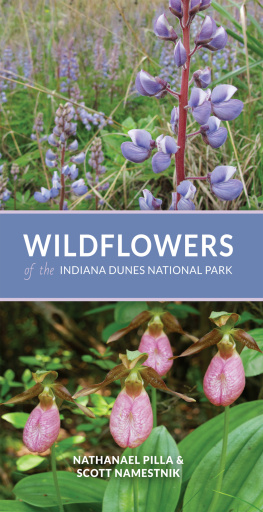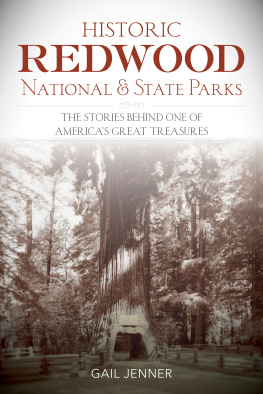THE COMPLETE GUIDE TO
INDIANA
STATE PARKS

THE COMPLETE GUIDE TO
INDIANA
STATE PARKS
NATHAN D. STRANGE
Photographs by MATT WILLIAMS
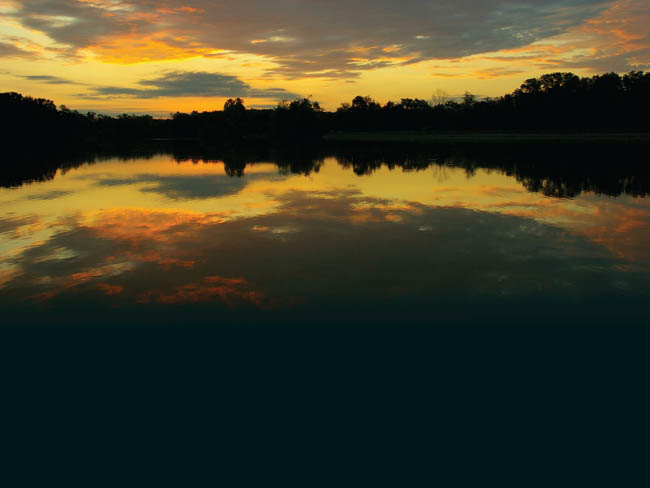
This book is a publication of
Quarry Books
an imprint of
Indiana University Press
Office of Scholarly Publishing
Herman B Wells Library 350
1320 East 10th Street
Bloomington, Indiana 47405 USA
iupress.indiana.edu
2018 by Nathan Strange
All rights reserved
No part of this book may be reproduced or utilized in any form
or by any means, electronic or mechanical, including photocopying and
recording, or by any information storage and retrieval system, without
permission in writing from the publisher.
The paper used in this publication meets the minimum requirements
of the American National Standard for Information Sciences
Permanence of Paper for Printed Library Materials,
ANSI Z39.481992.
This book is printed on acid-free paper.
Manufactured in China
Library of Congress Cataloging-in-Publication Data
Names: Strange, Nathan D., author. |
Williams, Matt (Photographer) photographer.
Title: The complete guide to Indiana State Parks / Nathan
D. Strange ; photographs by Matt Williams.
Description: 1st edition. | Bloomington, Indiana : Quarry
Books, an imprint of Indiana University Press, [2018]
Identifiers: LCCN 2017020637 (print) | LCCN 2017019266 (ebook) |
ISBN 9780253031518 (e-book) | ISBN 9780253025197 (pbk.)
Subjects: LCSH: ParksIndianaHistory. | Indiana
Description and travel. | IndianaHistory, Local.
Classification: LCC F527 (print) |
LCC F527 .S86 2017 (ebook) | DDC 977.2dc23
LC record available at https://lccn.loc.gov/2017020637
1 2 3 4 5 23 22 21 20 19 18
This book is dedicated to the people of Indiana,
visitors, employees, and volunteers who strive to
maintain these inherited natural lands and public
spaces, first given to the people of Indiana as a gift
for generations to cherish forever. Many people
have dedicated their lives to the preservation of
these parks, and it has been a great honor to work
with the people that see the importance of not only
saving natural resources and historic locations
but also the archives from which much of
the research for this book was derived.

Along the quiet trails through these reservations, it is to be expected that the average citizen will find release from the tension of his overcrowded daily existence; that the contact with nature will refocus with a clearer lens his perspective on lifes values and that he may here take counsel with himself to the end that his strength and confidence are renewed.
INSCRIBED ON THE ORIGINAL STATE PARK MAPS
CONTENTS
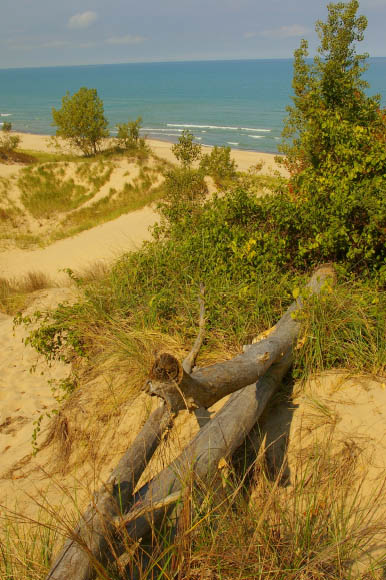
PREFACE
While other states might rival the size of Indianas state park system, one thing is for sureIndiana prides itself not on the number of parks it operates but by the quality in which each one is preserved. While currently home to 24 state parks, each offers a unique perspective on the states history and diverse environmental antiquity. Spread across 23 counties, these lands represent the very best parts of the state, held safe from urban development and set aside for recreation and to educate the public about the natural world.
This book is a culmination of investigative research from Indianas extensive collection of historical records and archives from public libraries, the historic Working Mens Institute Museum and Library in New Harmony, Indiana, and the Indiana State Library in Indianapolis, as well as information collected from visiting all 24 Indiana State Parks. After traveling over 5,200 miles to experience every single one of Indianas state parks, I discovered more than an outlet for outdoor exploration. The state of Indiana and its treasured parks are rich and diverse with fascinating history, stunning landscapes, irreplaceable artifacts, historic buildings, distinctive architecture, and people proud to call themselves Hoosiers.
Indiana is a place full of various types of people from all walks of life. Connected to four different states and made up of three unique regions, the state has roughly 550 square miles of water running through its sandy glaciated north, crossing fertile rolling plains of its central cities, and cutting through the gorges of its hilly, southern expanse. Home to over 6,570,902 people, the once unspoiled state owes its legacy to the Native Americans who once ruled the land, and for whom the state is aptly named Indiana: Land of the Indians. Stretching 36,420 square miles, the state of Indiana holds a wealth of natural wonders, preserved for everyone to enjoynow and in the future.
The purpose of this book is to offer an in-depth overview of the history, location, trails and activities, and amenities of each one of Indianas 24 state parks. Each chapter will begin with a history of landownership, the individuals responsible for the parks creation, the staff that was involved, and unique stories that make each park special. Information about the parks location will be described, along with geological and environmental information highlighting the unique sights that make each park biologically diverse. Other activities offered will be listed in a brief explanation, as well as any special amenities offered by each park, such as a lodge or cabinsincluding a history of the buildings and people for who they are named. Since this is a book primarily focusing on the 100-year history of Indianas state parks, the approach will be to start at the beginning in 1916, with each chapter moving forward in time to present day.
Our parks and preserves are not mere picnicking places. They are rich storehouses of memories and reveries. They are guides and counsels to the weary and faltering spirit. They are bearers of wonderful tales to they who will listen; a solace to the aged and an inspiration to the young.
RICHARD LIEBER
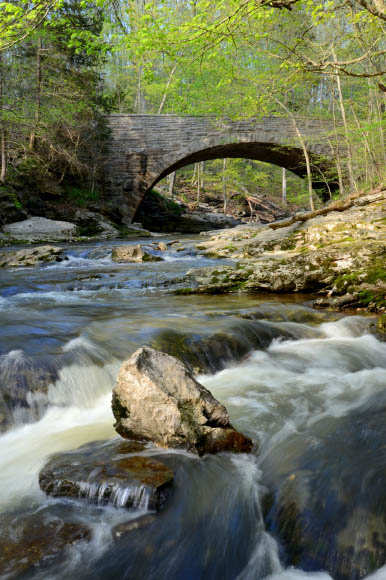
INTRODUCTION
THE HISTORY OF INDIANA AS A STATE
Known as The Crossroads of America, the Hoosier state has a long history of transitory settlement and usage of the lands natural resources, as early Native Americans first used the lakes, streams, and forests for hunting, farming, and trade. Deeply connected to the world around them, the Native cultures of the Iroquois and Algonquian groups prospered from the land for thousands of years before Europeans arrived around the late 1600s. These Native groups, which included the Delaware, Potawatomi, Kickapoo, Shawnee, and Miami tribes, embraced European tools and trade but refused to give up the land they had used for centuries, and by the early 1800s all of Indianas Native American tribes had vanished either by disease, war, or forced removal.
Next page


